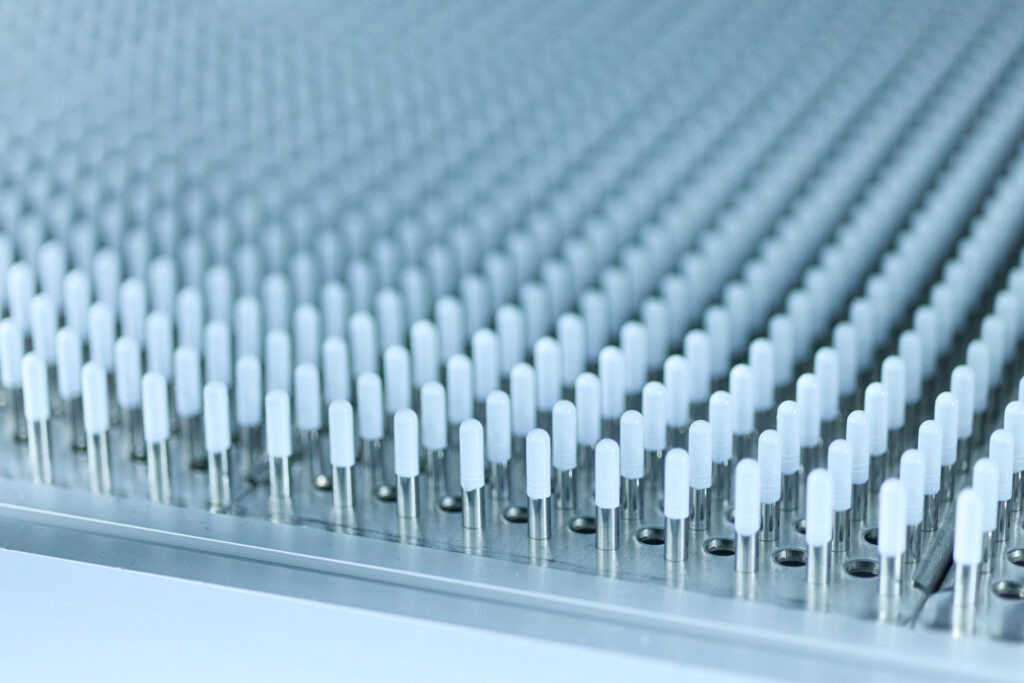Capsules are a great way to take oral doses of several important chemical components like minerals, vitamins and life-saving drugs. They are convenient and more reliable when we need the right amount of a particular element in the body. They are not only portable but also offer high consumer compliance.
Capsules usually contain powered or liquid medication, but both have the same mechanism of action. Capsules could be hard or soft-shelled and used to store power and liquid. They are usually made of gelatin that can easily get absorbed into our digestive system and offer the desired drug with maximum bioavailability.
Popular empty capsule options include:
-
- Hard gelatin capsules
-
- HPMC capsules.
-
- Fish gelatin capsules
-
- Starch capsules
-
- Pullulan capsules
-
- Polyvinyl acetate (PVA) capsule
-
- Liquid-filled hard capsules
-
- Soft gelatin capsules
Pros and cons of empty capsules
Capsules are the best way to take medications with unpleasant tastes and odours. Also, whichever medicine we take, a considerable quantity of the actual dose is lost in the metabolic pathway, and some of it reaches the receptors. Capsules ensure that the maximum amount reaches the bloodstream.
Capsules can also be specially treated to become gastro-resistant or have an enteric coating. The dose is not released in the stomach and reaches the intestine safely without any contact with the stomach juice and enzymes.
However, there are some concerns associated with capsules. The potency of the capsule medication can be affected by sunlight or humidity. Capsules also have a shorter shelf life than tablets and expire sooner. Since capsules are small so not much medication can fit into the empty space. Even a large capsule can hold upto 600mg of dose, so if your requirement exceeds it, you will have to take multiple capsules to get the desired dose.
How do capsules work in the body?
Empty capsules are of different types. They may be hard or soft, made of gelatin sourced from animal sources or starch from plants. No matter what the composition and type of capsules may be, they have relatively the same mechanism of action.
Since the drug is encapsulated, it does not come in contact with the mouth. as we swallow a capsule, it takes its way directly into the stomach, where the hard or soft gelatin or starch is degraded with the help of pepsin, amylase, lipase and portease and other stomach juices reaching from the pancreas. as soon as the capsule shell breaks the dose leaks into the stomach and travels to the intestine for further metabolic activity.
Once the dose reaches the small intestine, it travels to the villi. These tiny hair-like projections are present in the inner lining of the intestine. Villi contain blood vessels that can absorb nutrients and drugs.
The drug enters the bloodstream and travels to the targeted areas, where it interacts with the respective receptors to make sure the desired changes are administered.
The final destination of drugs is different depending upon the function they are expected to perform.
For example, if your body requires blood thinners, its target receptors are present in the blood itself. however, sometimes the drug needs a carrier molecule which will take it to the liver or brain. as soon as the drug reaches the area, it detaches from the carrier molecule and interacts with the receptors. The receptors are sometimes present on the outer surface of cells, the protective liquid around the cells or even in the cell nucleus. The drug has to attach to receptors to be functional and offer the desired relief. If you have taken the capsules for pain, the drug will shut off the pain signal in the nerve. However, if you are taking medicine for reflux, it will stop in the stomach and start acting soon.
Antibiotics get absorbed in the bloodstream to travel to areas where bacteria are causing infection to kill them.
There are chances that the drug may surreptitiously bind to other similar receptors and cause various side effects.
Conclusion
Capsules are a convenient way to take drugs with unpleasant odours and tastes. People prefer empty capsules for herbal medicines. Capsules release the medicines in the stomach and push them to the desired areas. Capsules may have powdered and liquid medicines prescribed to perform different functions.


